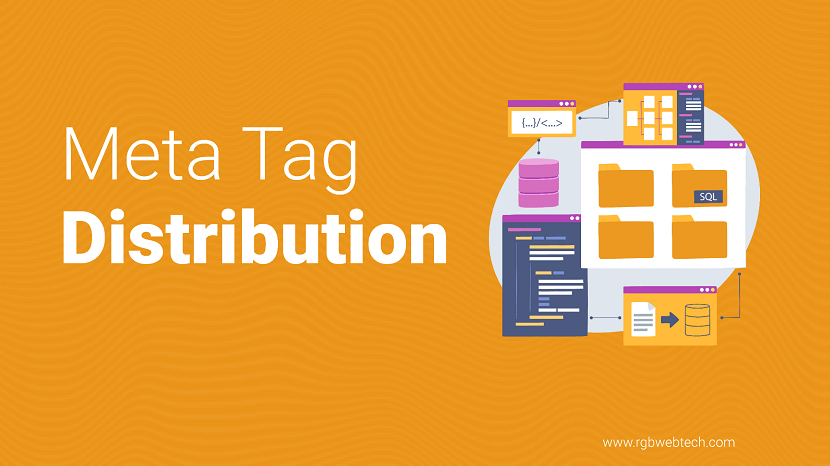Distribution Meta Tag
Updated on January 15, 2025 by RGB Web Tech

Understanding the Distribution Meta Tag in HTML
The distribution meta tag, also known as the distribution meta element, is an HTML tag used to specify how a web page’s content should be distributed. Though not commonly used today, it can still serve as a guideline for search engines and web services regarding the intended scope of content access and sharing.
This tag is especially relevant for websites offering digital content—such as software, eBooks, or multimedia files—as it communicates distribution preferences. While it doesn't enforce strict access control, it helps signal the author’s intent for content availability.
Common Values for the Distribution Meta Tag
The distribution meta tag can accept several values, each indicating a different level of distribution:
- Global: Content is accessible without restrictions worldwide.
- Local: Content distribution is limited to a specific geographic region or country.
- Internal: Content is intended only for internal organizational use and not for public access.
- Restricted: Access is limited, often requiring user authentication or purchase.
- No-store: Instructs search engines and services not to cache or store the page content.
How to Implement the Distribution Meta Tag
To use the distribution meta tag in your HTML document, follow these steps:
1. Open the HTML file of your web page.
2. Locate the section.
3. Add the meta tag with the appropriate value:
Replace "value" with one of the accepted values, such as:
Examples:
Global Distribution:
Local Distribution (Region-specific):
Internal Use Only:
Restricted Access:
Prevent Caching:
Pros and Cons of the Distribution Meta Tag
Pros
- Content Distribution Control: Communicates how content should be distributed or restricted.
- Tailored Accessibility: Allows you to define access for different audiences—global users, regional users, or internal teams.
- Helps Prevent Unauthorized Access: Indicates when content is behind a login or paywall.
- Cache Management: Using the no-store value can prevent outdated content from being cached.
Cons
- Not Enforced: Search engines may ignore this tag—it’s only a guideline, not a rule.
- Service Compliance Varies: Different search engines and platforms interpret the tag differently.
- Lack of Standardization: No universally accepted values; behavior may vary.
- Potential for Misuse: Can unnecessarily limit access to content that should be public.
Final Thoughts
The distribution meta tag is a helpful, albeit limited, tool for webmasters aiming to control how their web content is shared and accessed. While it doesn't enforce restrictions, it provides a way to express distribution preferences to search engines and digital platforms.
For best results:
- Use it in combination with other security and access control methods (like login systems or server-side permissions).
- Regularly review and update your meta tags in line with SEO best practices and evolving search engine behavior.
Remember: The distribution meta tag is a suggestion, not a guarantee—so use it wisely as part of your broader content strategy.
If you found this article helpful, we encourage you to share it on your social media platforms—because sharing is caring! For more information about article submissions on our website, feel free to reach out to us via email.
Send an emailWritten by RGB Web Tech
SEO Checklist - Boost Your Website Ranking
Enhance your website performance with our Complete SEO Checklist. This detailed guide covers essential aspects like On-Page SEO, Off-Page SEO, Technical SEO, Backlink Building, Mobile Optimization etc. Follow our step-by-step SEO Checklist to improve search rankings, boost organic traffic, and achieve sustainable online growth. Start optimizing today!
